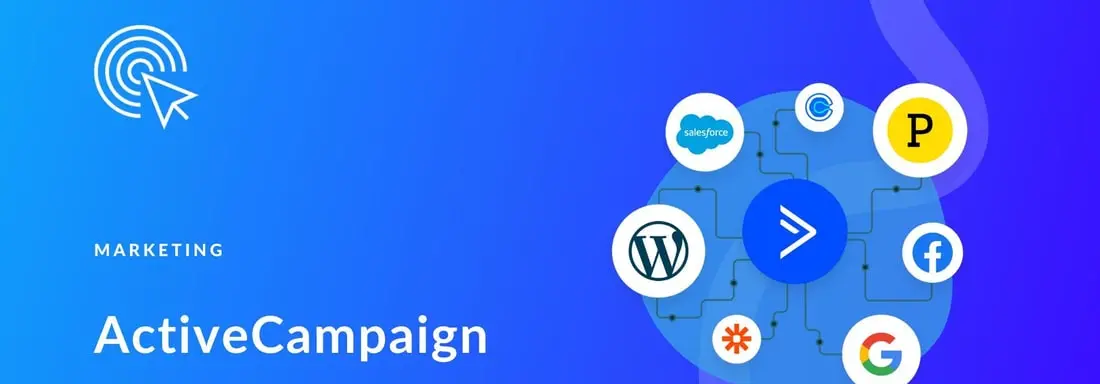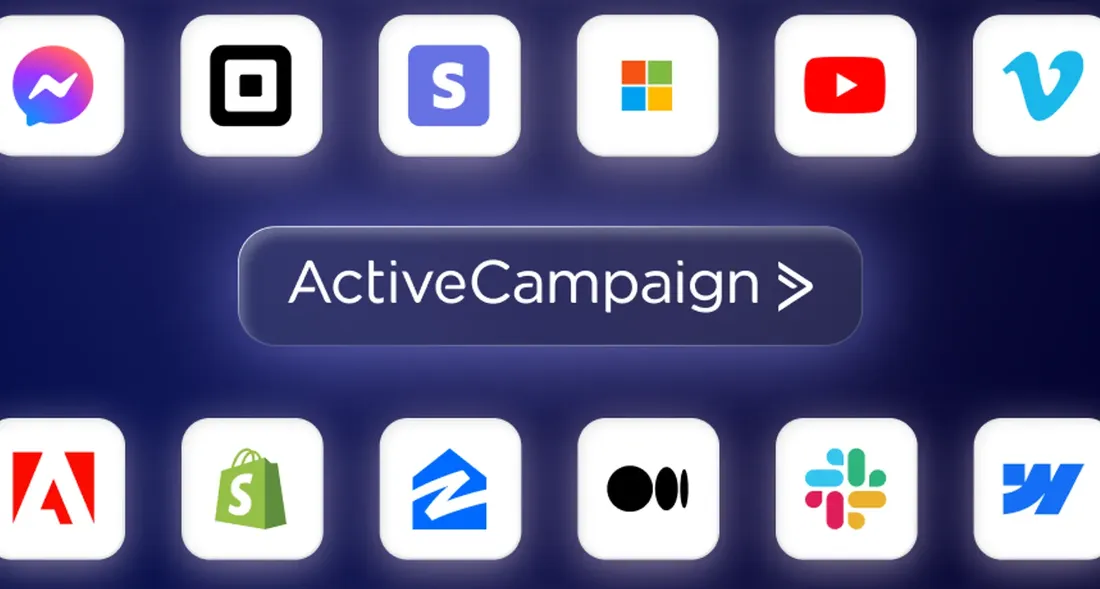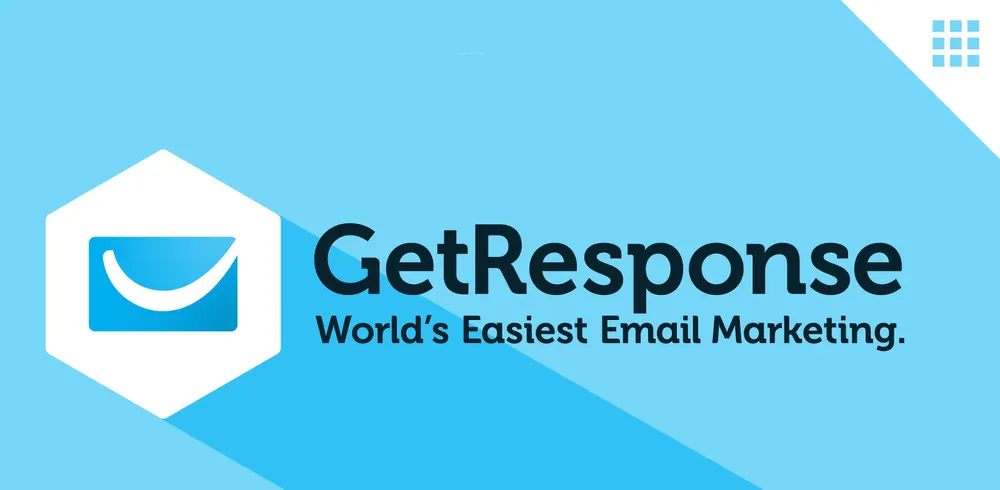ActiveCampaign — email, automation, and CRM in one platform.
- Best for: Businesses seeking advanced email automation, CRM integration, and scalable marketing workflows.
- Not ideal for: Beginners or small teams who just want simple newsletters.
- Price range: From around $15–$29/month • Check latest price

Introduction
In this ActiveCampaign Review, we’ll take a detailed look at one of the most popular email marketing and automation platforms in 2025. ActiveCampaign has evolved from a simple email tool into a full marketing automation and CRM powerhouse. But is it worth your money? Let’s explore everything — from features and pricing to performance, pros, cons, and who should use it.
ActiveCampaign First Impressions
When you first log into ActiveCampaign, you’re greeted with a clean dashboard that highlights recent campaigns, automation activity, and contact insights. It feels professional and capable without being intimidating — although the number of features can overwhelm absolute beginners.
Setting up a campaign is straightforward thanks to the guided templates. However, the platform’s real depth becomes apparent once you start exploring automations, triggers, and conditions. Within minutes, it’s clear that ActiveCampaign was designed for marketers who want total control over their workflows.
Key Features & Benefits
1. Powerful Marketing Automation
ActiveCampaign’s automation builder is one of the most advanced in the industry. You can create multi-step workflows with triggers like “email opened,” “link clicked,” or “tag added.” Each step can perform different actions such as sending an email, updating a contact record, or notifying your sales team.
What sets ActiveCampaign apart is its flexibility — you can combine multiple conditions, delays, and goals. For example, if a lead doesn’t open your first message, it can automatically send a different version a few days later. This kind of personalization drives engagement and conversions.
2. Email Builder & Templates
The drag-and-drop email builder is clean and intuitive. It offers dozens of modern templates optimized for mobile and desktop. You can personalize each message using dynamic fields like name, company, or custom tags. There’s also A/B testing built in, so you can test subject lines and content variations easily.
3. CRM & Sales Automation
Unlike most email marketing tools, ActiveCampaign includes a built-in CRM. You can track deals, assign tasks, and trigger automations based on deal stages. For small and medium businesses, this means marketing and sales teams can finally share one platform without switching tools.
The CRM is visual — pipelines, drag-and-drop deal cards, and scoring rules help you manage leads efficiently. It’s not as deep as HubSpot or Salesforce, but it covers the essentials very well.
4. Segmentation & Targeting
ActiveCampaign excels in segmentation. You can create precise audiences using tags, contact fields, past behavior, or engagement history. Want to email users who opened your last campaign but didn’t click? Two clicks, and it’s done. Want to build sequences for leads in a specific location or stage of the buyer journey? Easy.
This granular targeting helps you send only relevant messages — improving deliverability and engagement.
5. Site Tracking & Conditional Content
The built-in site tracking lets you see what pages contacts visit, how long they stay, and what actions they take. You can use that data to trigger automations or adjust email content dynamically. For example, show different offers depending on what category they browsed on your site.
6. Integrations
ActiveCampaign integrates with over 900 apps — including Shopify, WordPress, WooCommerce, Stripe, Zapier, and more. That makes it easy to fit into your existing stack. The API and webhooks also allow for custom connections if you have a developer on your team.
7. Reporting & Analytics
The reporting dashboard provides real-time insights into open rates, clicks, unsubscribes, and conversions. You can also view automation performance to see which paths work best. Higher-tier plans unlock advanced metrics like revenue attribution and customer lifetime value — extremely helpful for ROI tracking.
Performance & Real-World Use
In practice, ActiveCampaign performs very well. Deliverability rates are consistently strong — typically 97–99% according to independent testing. Emails render beautifully across major clients and devices.
Running automations feels smooth; even complex workflows execute reliably. The only slowdown appears when managing massive lists (100k+ contacts), where loading segments or dashboards can take a few extra seconds.
Customer support is responsive, offering chat, email, and a huge knowledge base. Higher plans get one-on-one training sessions and onboarding calls, which is excellent for larger teams.
Pros & Cons
| Pros | Cons |
|---|---|
|
|
ActiveCampaign vs Competitors
| Platform | Strength | Weakness |
|---|---|---|
| ActiveCampaign | Advanced automation, CRM, strong deliverability | Learning curve, pricing increases with scale |
| Mailchimp | Simple interface, free plan for beginners | Limited automation and segmentation depth |
| Klaviyo | Excellent eCommerce automation and tracking | Expensive for non-eCommerce users |
| ConvertKit | Easy to use, great for creators | Lacks CRM and deep automation logic |
Among these, ActiveCampaign remains the most versatile. It bridges the gap between simple email tools and full-scale marketing platforms.
Who It’s Best For
- SMBs and growing startups that want to automate marketing and sales in one place.
- E-commerce stores looking to trigger emails based on purchases or abandoned carts.
- Marketing agencies managing multiple clients or automation flows.
- Online educators and SaaS businesses nurturing leads through content and trials.
If your business depends on building relationships through personalized, automated communication, ActiveCampaign is a strong contender.
Verdict
ActiveCampaign Review Summary: After hands-on testing, it’s clear that ActiveCampaign is a mature, powerful marketing automation platform that goes far beyond basic email tools. Its automation depth, CRM integration, and deliverability performance make it a top choice for serious marketers.
It’s not the cheapest or simplest, but if you value automation, personalization, and scalability, you’ll find the investment worthwhile. For small teams just sending monthly newsletters, a lighter tool might suffice — but for growth-driven businesses, ActiveCampaign is easily one of the best email automation tools of 2025.
FAQ
Is ActiveCampaign free?
No, ActiveCampaign doesn’t offer a permanent free plan. There’s a free trial, after which you’ll need a paid subscription.
How much does ActiveCampaign cost?
Pricing starts around $15–$29/month for basic plans and increases based on contact volume and features. Enterprise plans include advanced reporting and account management.
Does ActiveCampaign include CRM?
Yes, a built-in CRM is included in all paid plans. It integrates seamlessly with marketing automations and helps align sales and marketing workflows.
How does ActiveCampaign compare to Mailchimp?
ActiveCampaign is more advanced and customizable. Mailchimp is easier for beginners but limited in automation and segmentation depth.
Who should use ActiveCampaign?
Businesses that rely on email marketing, lead nurturing, or eCommerce automation will benefit most from ActiveCampaign’s capabilities.
According to G2 ActiveCampaign Reviews, the platform earns high marks for automation power and customer support.

Authors Bio: Benjamin Reynolds is a digital marketing expert with a creative flair for video production. He understands the intricacies of online marketing and helps readers navigate the ever-evolving landscape of digital promotions. Benjamin’s expertise also extends to online service marketplaces, providing valuable insights on finding the best platforms to connect with service providers.





